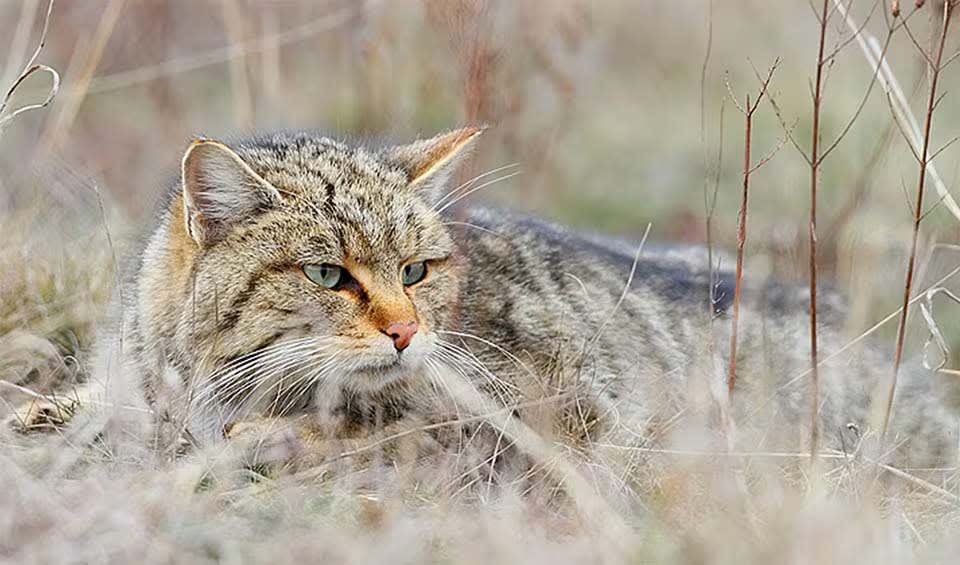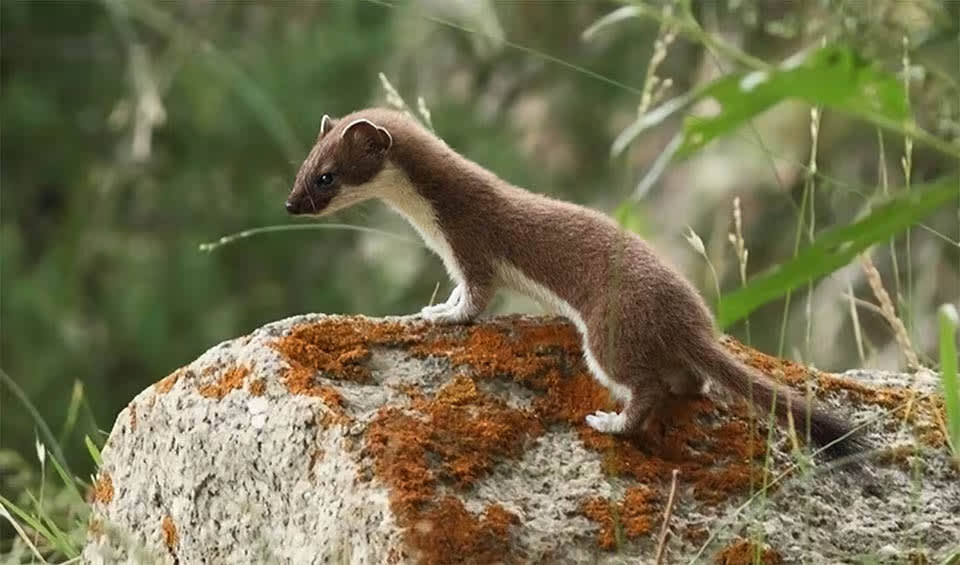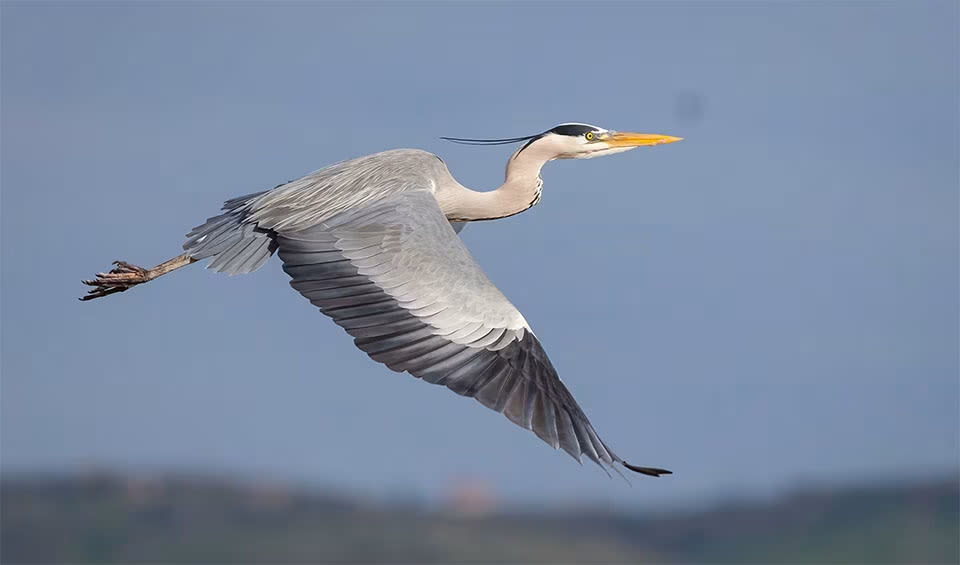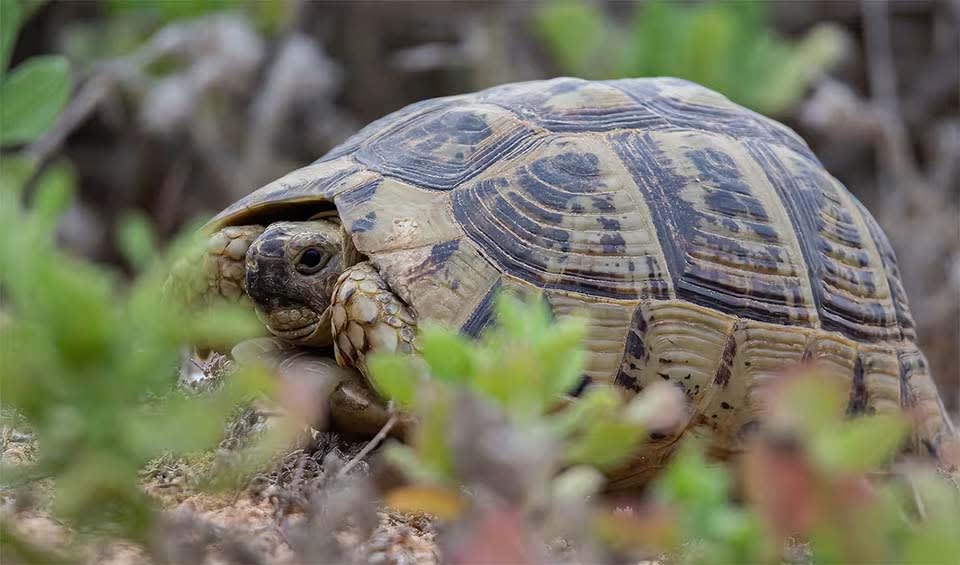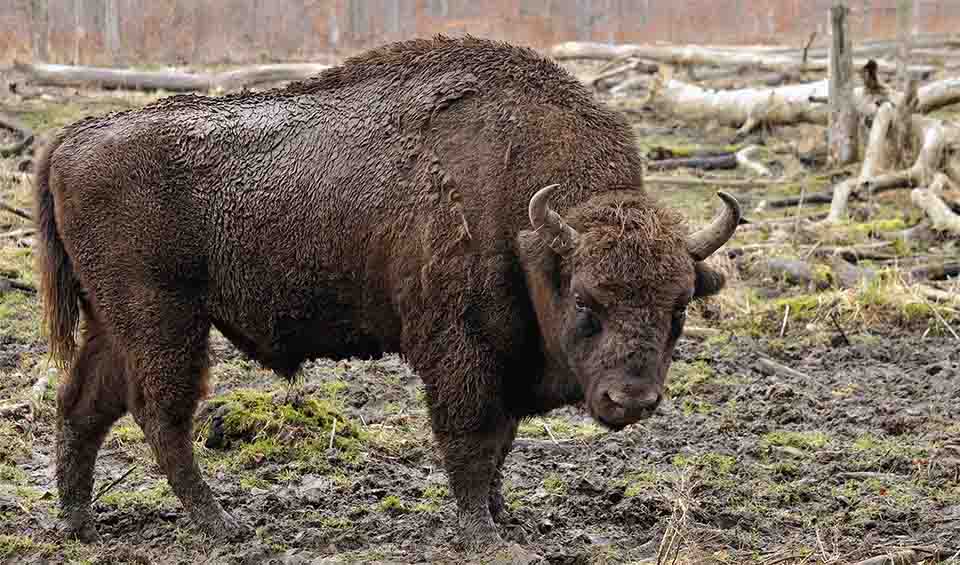Ukraine, the second largest country in Europe, harbors an exceptional array of natural habitats, ranging from pristine grasslands to ancient forests, which unfortunately have suffered destruction over time. These invaluable ecosystems serve as crucial carbon sinks to mitigate global warming while simultaneously providing habitats for a myriad of species.
Despite occupying only a fraction of Europe’s landmass, Ukraine boasts an impressive 35% of the continent’s biodiversity, owing to its strategic geographic position that encompasses diverse natural zones and acts as a nexus for migratory pathways. Its diverse biota comprises over 70,000 species, including numerous rare, relict, and endemic ones.
Four pillars elaborated:
Ukraine boasts a diverse array of protected areas, comprising 7 National Parks, 1 Biosphere Reserve, 15 Nature Zapovedniks, 16 State Botanical Gardens, 1 State Nature Reserve, and numerous Regional Parks and Monuments of Orchard-Park Art. These sites play a crucial role in safeguarding valuable ecosystems and biodiversity, serving as hubs for recreation and scientific exploration. Land Management
Land Management
Notably, Ukraine has expanded its protected areas significantly in recent years, with 38 new designations, including 32 National Nature Parks, two Nature Reserves, and four Local Reserves, demonstrating a steadfast commitment to conservation. However, the ongoing conflict in Ukraine has unfortunately impacted approximately 30% of these sites due to military operations, prompting concerns regarding potential environmental damage and biodiversity loss.
The conflict in Ukraine has inflicted considerable harm on its biodiversity, with experts observing widespread environmental destruction and disruptions to ecosystems. This poses a grave danger to Ukraine’s abundant natural legacy and has broader implications for biodiversity across Europe. Key threats include landscape fragmentation, urban development, pollution, overexploitation of resources, agricultural practices leading to landscape degradation, and the introduction of invasive species. Threats to Biodiversity
Threats to Biodiversity
The Presidential Decree aimed at enhancing Ukraine’s nature reserve fund plays a pivotal role in conservation efforts within protected areas. Emphasizing the preservation of key territories in their natural state through the establishment of an ecological network has proven to be one of the most effective strategies for biodiversity conservation. While the current coverage of the nature reserve fund encompasses 6.05% of the country’s territory as of 2012, the growth rate falls short of the expectations outlined in the Program on the Development of the National Econet (2000-2015). This program, aligned with international conventions, aims to expand natural landscapes to levels conducive to biodiversity preservation and establish a territorially-integrated system facilitating natural migration and propagation of species. Capacity and Governance
Capacity and Governance
Schemes for eco-corridors and regional networks have been devised, including plans for the Polissky, Halytsko-Slobozhansky, and Dnistrovsky regions. Supported by the UK Ministry of Foreign Affairs, management plans for steppe ecosystems in the Donetsk region have been developed, focusing on understanding population dynamics and implementing ecological-landscape land management practices. Regional programs, like the ecological-landscape system for agriculture in the Luhansk region, underscore efforts to improve land quality by mitigating degradation and preserving vital farmland.
Initiatives are being implemented to map and conserve Ukraine’s ecologically significant regions. This includes the identification and prioritization of areas rich in biodiversity, alongside the formulation of conservation strategies. Such endeavors are essential in preserving the nation’s natural legacy and enhancing its ability to withstand persistent adversities. Future Trends
Future Trends
Biodiversity
Ukraine, the largest country entirely within Europe, is characterized by a rich and diverse biodiversity supported by its varied landscapes, including vast steppes, forests, mountains, and extensive river systems. The Carpathian Mountains in the west are particularly notable for their biodiversity, hosting a range of species such as brown bears, lynxes, wolves, and the Carpathian red deer. These mountains are also home to diverse plant life, including numerous endemic species that thrive in high-altitude conditions.The country’s extensive forests, which cover about 16% of Ukraine’s land area, vary from the mixed forests of the north to the deciduous forests in the west and south. These forests are home to a variety of mammals, birds, and insects. Notable species include the European bison, which has been successfully reintroduced in some areas, and a wide array of bird species, such as the black stork and the white-tailed eagle. Ukraine’s forests also support a rich undergrowth of plants and fungi, contributing to the overall ecological diversity.
In the table below are the number of known species in several main groups, how many of these species are Threatened with extinction, and how many of them are Endemic (unique to Ukraine only):
| Species (World rank) |
Threatened | % Threatened | Endemic | % Endemic | |
|---|---|---|---|---|---|
| Mammals | 112 (#99) | 11 | 9.8% | 3 | 2.7% |
| Birds | 317 (#116) | 18 | 5.7% | ||
| Reptiles | 26 (#152) | 1 | 3.8% | 1 | 3.8% |
| Amphibians | 22 (#93) | ||||
| Fishes | 240 (#160) | 25 | 10.4% | 1 | 0.4% |
| Plants | 12,000 (#24) | 22 | 0.2% | 76 | 0.6% |
mammals
European wildcat
The ancestors of domestic cats are widespread in Europe, western Asia, and Africa
Moose
They are so tall, that they prefer to feed on higher shrubs and grass, as lowering their head to the ground can be difficult!
Stoat
A small, fierce predator known for its agility, hunting skills, and color-changing fur
birds
Gray heron
Exhibit powerful flight, with distinctive slow wing beats and an extended neck, defining features during their aerial movements
Great grey owl
One of the biggest owls in the world, but don’t let its size fool you – it’s actually quite light!
European roller
Loves trees! Only member of its family breeding in Europe
reptiles
Greek tortoise
The mosaic-shelled marvel of the Mediterranean
Dice snake
A big, harmless snake that likes to live near freshwater
Viviparous lizard
One of the few reptiles that can not only lay eggs but also give birth to live young
amphibians
European fire-bellied toad
Known for its bright red belly, a bold warning to predators, combined with its distinctive “whoop” call
Northern crested newt
Can regrow lost limbs, tails, and even parts of their heart and eyes
Yellow-bellied toad
Has the ability to survive in varying water salinity levels, which is unusual for freshwater amphibians
National Animals
European bison
Habitat destruction & overhunting led to extinction in the wild, now gradually being reintroduced
Common nightingale
Often called the “singer of the night,” it produces a complex and beautiful melody that has captivated people for centuries
